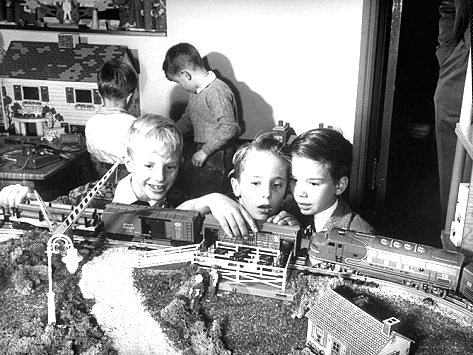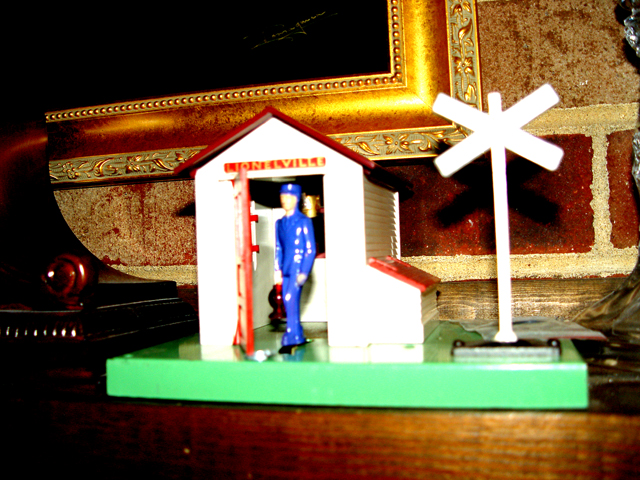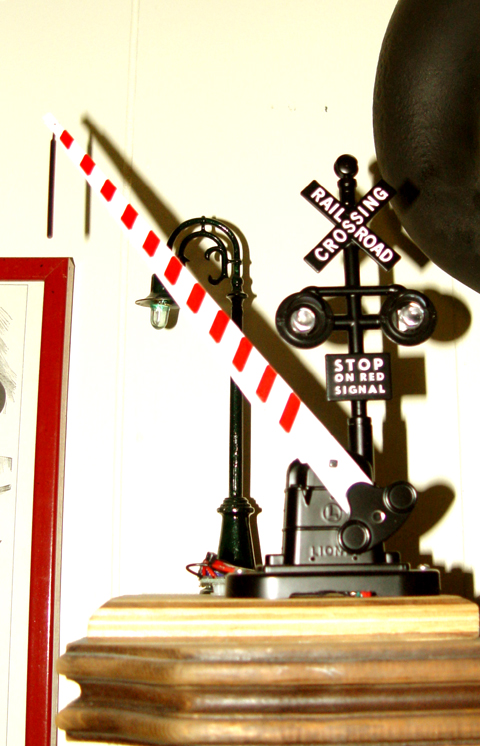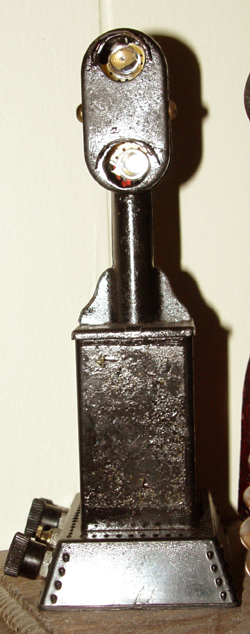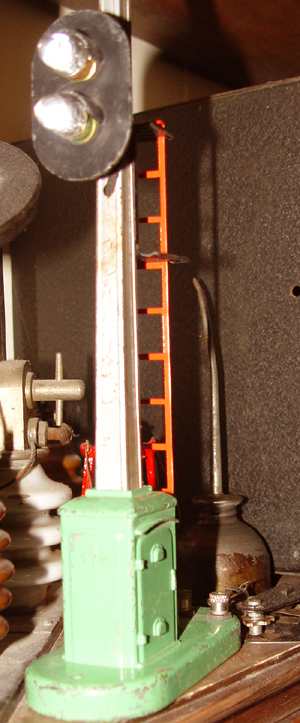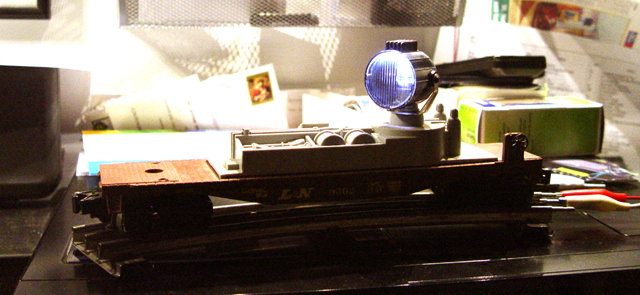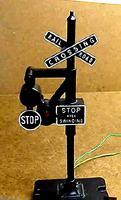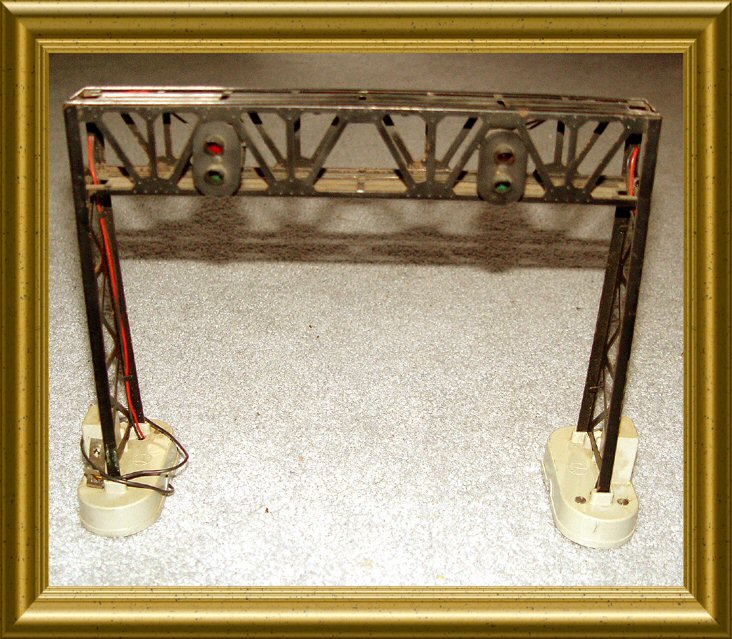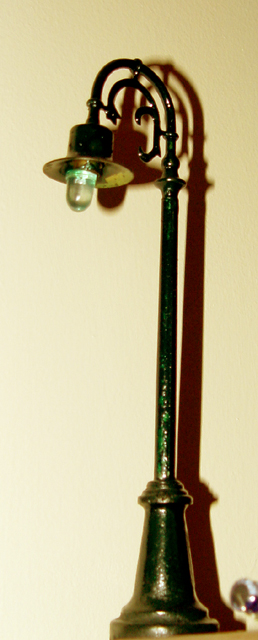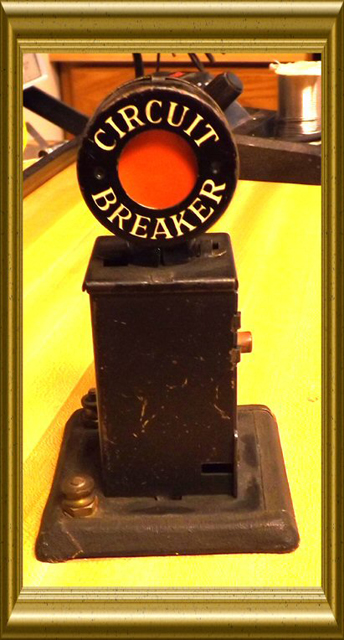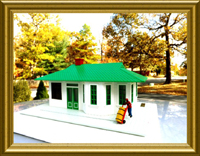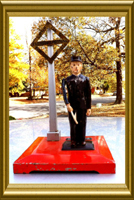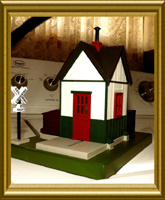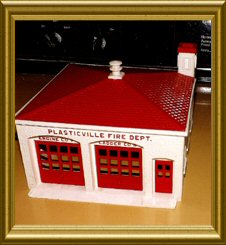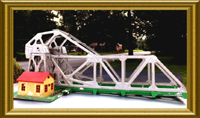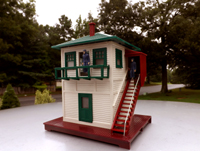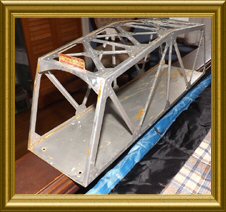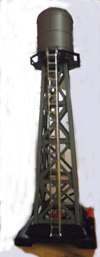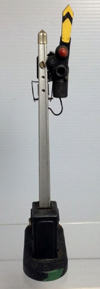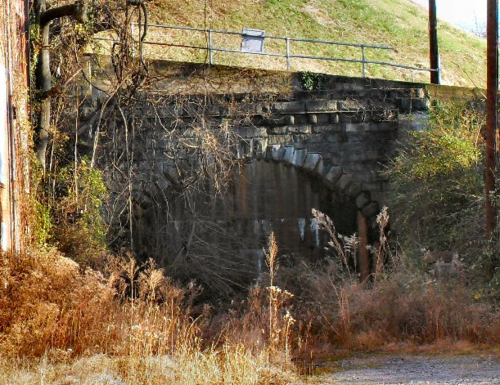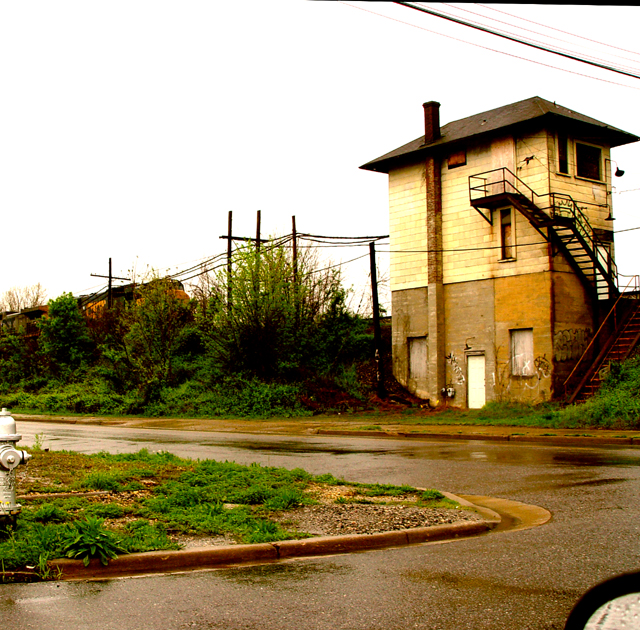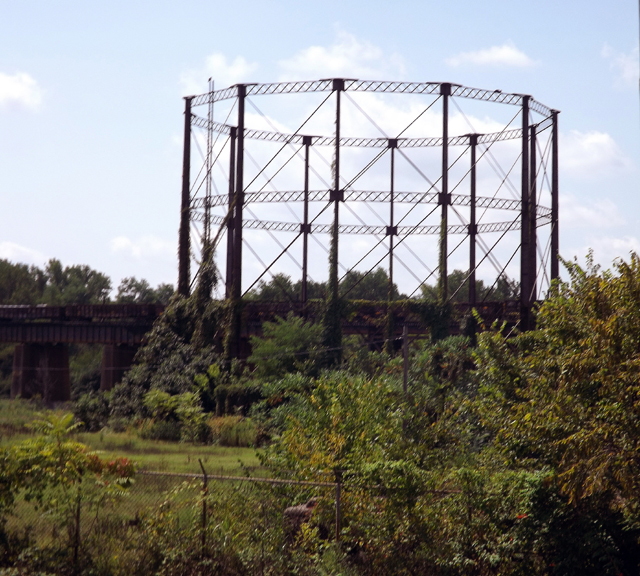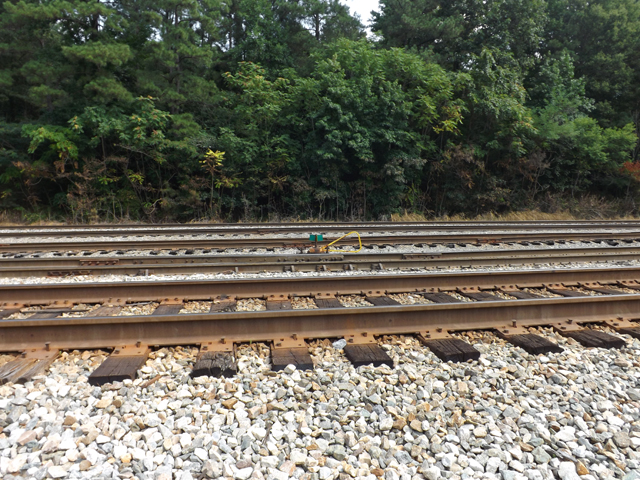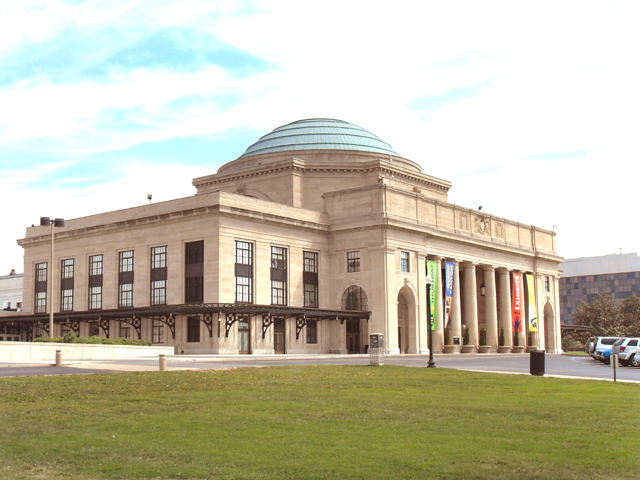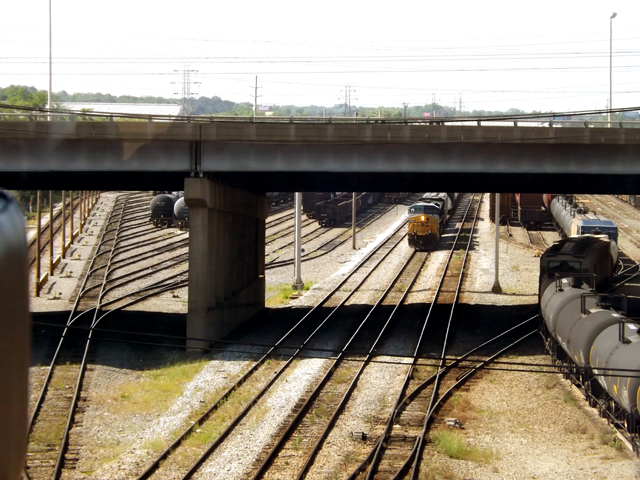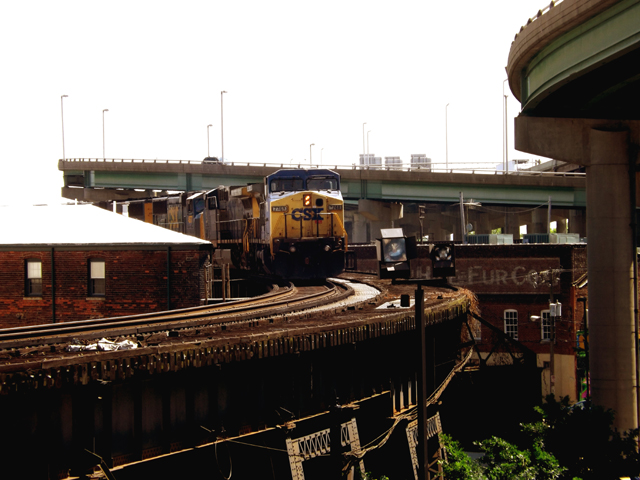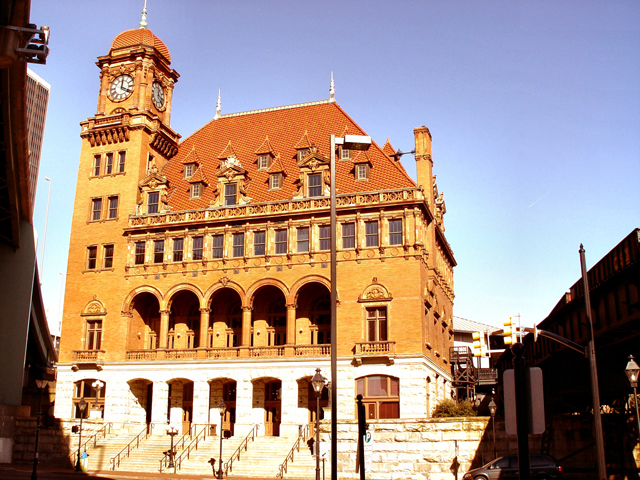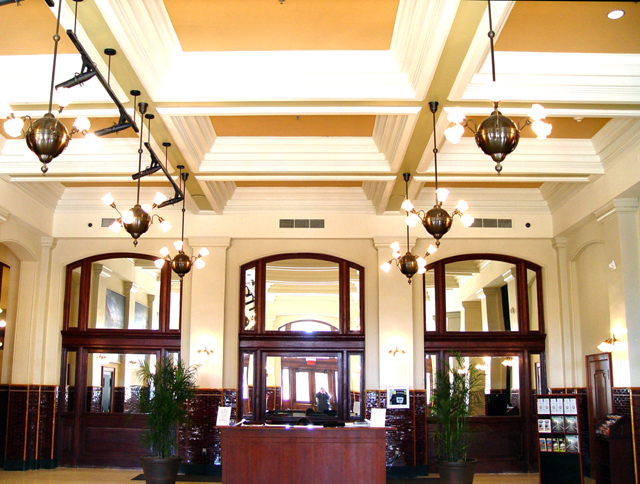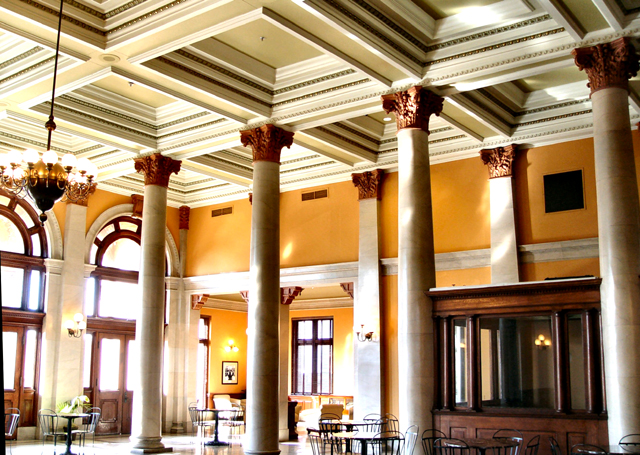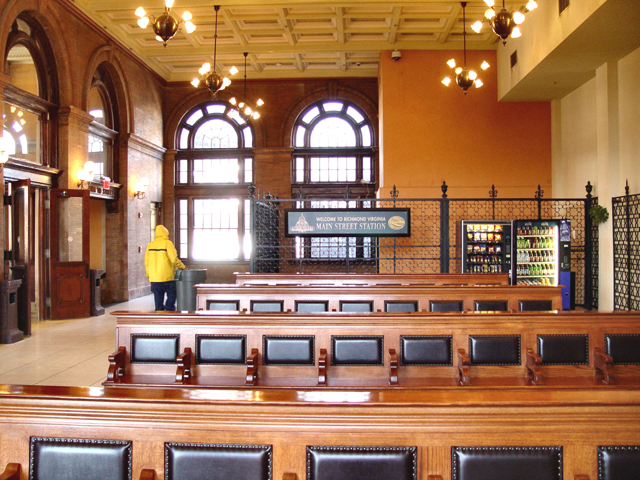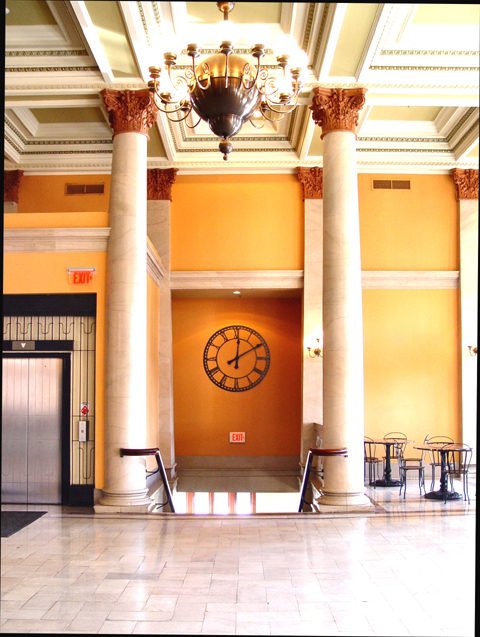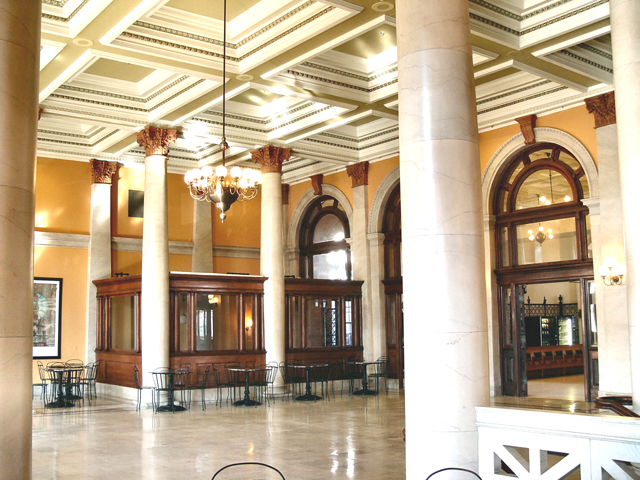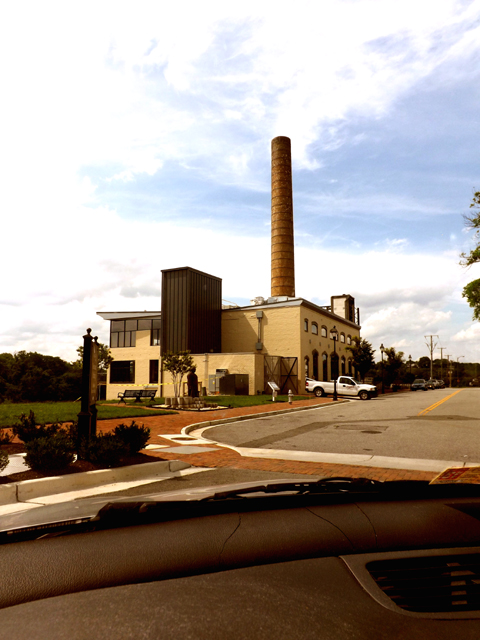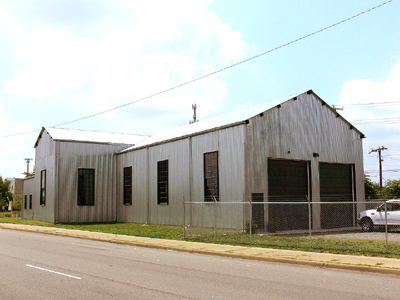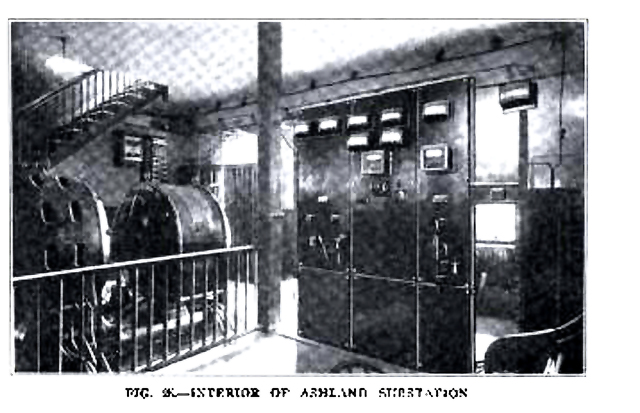RAILROAD GALLERY
AT THE
MUSEUM OF YESTERDAY
MODEL RAILROADING IN THE MID 20th CENTURY
For American boys (and their fathers), model railroading was a major pastime in the mid 20th Century. The majesty of the "Steam Era" and the great passenger trains was still in bloom in America, and many families traveled by rail instead of by airplane. Because of the every-day exposure to railroads, both in travel and in the fact that railroads wound their way through many of Americas' cities and towns, most boys (of all ages) thrilled to the idea of receiving a Lionel or American Flyer electric train under the Christmas tree. Here are some memories of the days when model trains dominated the American toy market. |
||
 |
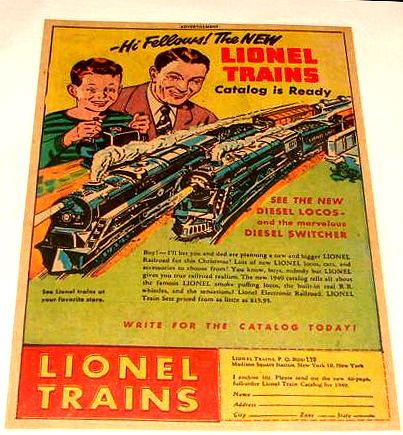 |
|
The popularity of model railroading in the 1950's can be relived through this movie clip of a popular early 1950's television program, presented by the A.C. Gilbert Company, called the "Boys' American Flyer Train Club." Click here to watch a complete episode from 1950.
|
 |
|

HERE ARE SOME ITEMS FROM THE MUSEUM OF YESTERDAY'S
MODEL RAILROAD EQUIPMENT COLLECTION
Items are representative of the 1946-1955 era of Lionel Train Products
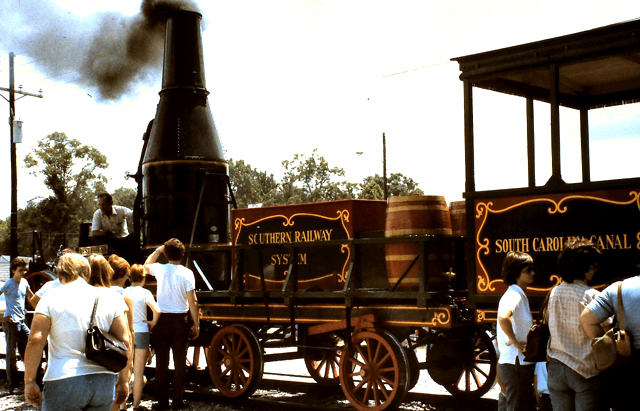
THE VERY BEGINNINGS OF
STEAM RAILROAD TRANSPORTATION
1976 visit of the Southern "Best Friend" locomotive to Slidell, LA. for the American Bicentennial Celebration
